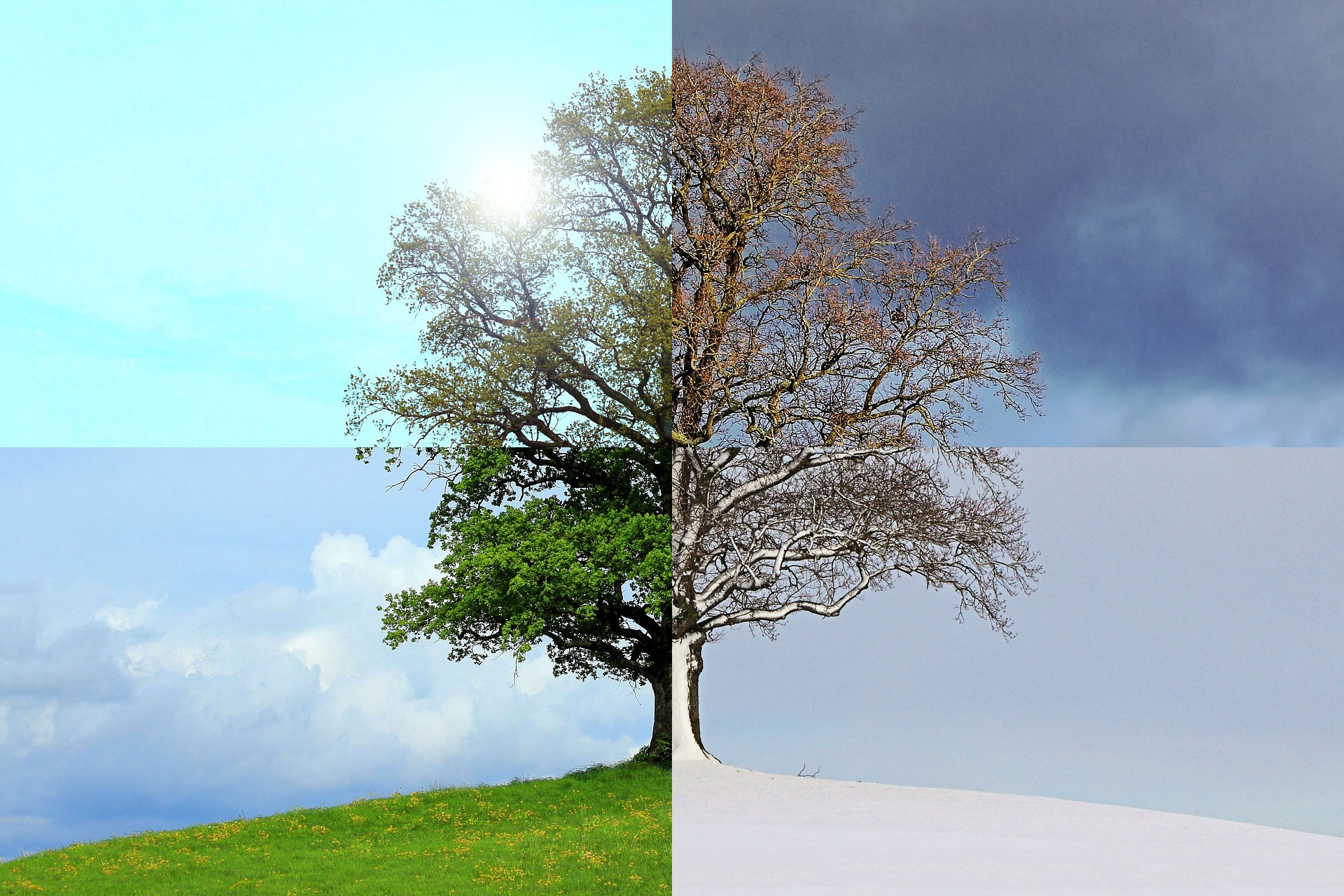 The Americans moved their clocks an hour forward from March 13th to 14th. They are now ahead of us regarding the move to DST – and therefore “only” five or more hours behind us (depending on the time zone). Europe then follows suit during the night of March 27th to 28th. Thus, reestablishing a certain order again – and the “usual” time differences apply again.
The Americans moved their clocks an hour forward from March 13th to 14th. They are now ahead of us regarding the move to DST – and therefore “only” five or more hours behind us (depending on the time zone). Europe then follows suit during the night of March 27th to 28th. Thus, reestablishing a certain order again – and the “usual” time differences apply again.
Chaotic times because the time is out of order?
Being aware of our quite chaotic times I decided to explore the matter further this time round. For I believe that our questionable relationship to the gestalt of time is playing a certain role. It actually seems rather advisable these days to scrutinize many things that we took for granted or accept as given whether they still make sense or not.
 I´ve come to the conclusion that many of our current problems are due to our distance from nature. Our relationship to time and the way we perceive it has a big part in this.
I´ve come to the conclusion that many of our current problems are due to our distance from nature. Our relationship to time and the way we perceive it has a big part in this.
When we pay more attention to nature and the natural again, we will do us and nature – within us and externally – a great service. I will explore this further in the second part of my blog: Time and Nature. But first a brief overview of what I´ve researched. If you are not interested, kindly scroll beyond it!
Part 1 – How we “learned” time
In order, to gain a better understanding, I did some research concerning our conventions regarding time. I surfed “cross-country” through the internet and chose sources I deemed helpful. As this is no scientific article but a personal essay, I will not mention the sources. If you feel compelled to do your own research, you´ll easily find them. Besides, I do not want to teach persuade or impress anybody. I simply share my own process of becoming more aware regarding the role of time in our life.
Our western perception of time
Since I am subject to the time conditioning of my own culture  myself, I can only speak from that premise. Therefore, the western calendar and time measuring of the Western world is my focus. Our date has been determined by the Gregorian calendar since 1582. This calendar is the most used calendar worldwide by now. It is based on a reform by the Julian calendar by the then pope Gregory XIII. His intention was to sync the calendar again with the movements of the stars and the matching time for the church holiday. Especially the full moon on Easter.
myself, I can only speak from that premise. Therefore, the western calendar and time measuring of the Western world is my focus. Our date has been determined by the Gregorian calendar since 1582. This calendar is the most used calendar worldwide by now. It is based on a reform by the Julian calendar by the then pope Gregory XIII. His intention was to sync the calendar again with the movements of the stars and the matching time for the church holiday. Especially the full moon on Easter.
Other cultures, other calendars
However, there are other calendars (including a matching astrology) that are in use elsewhere and are valid. For instance, in China a 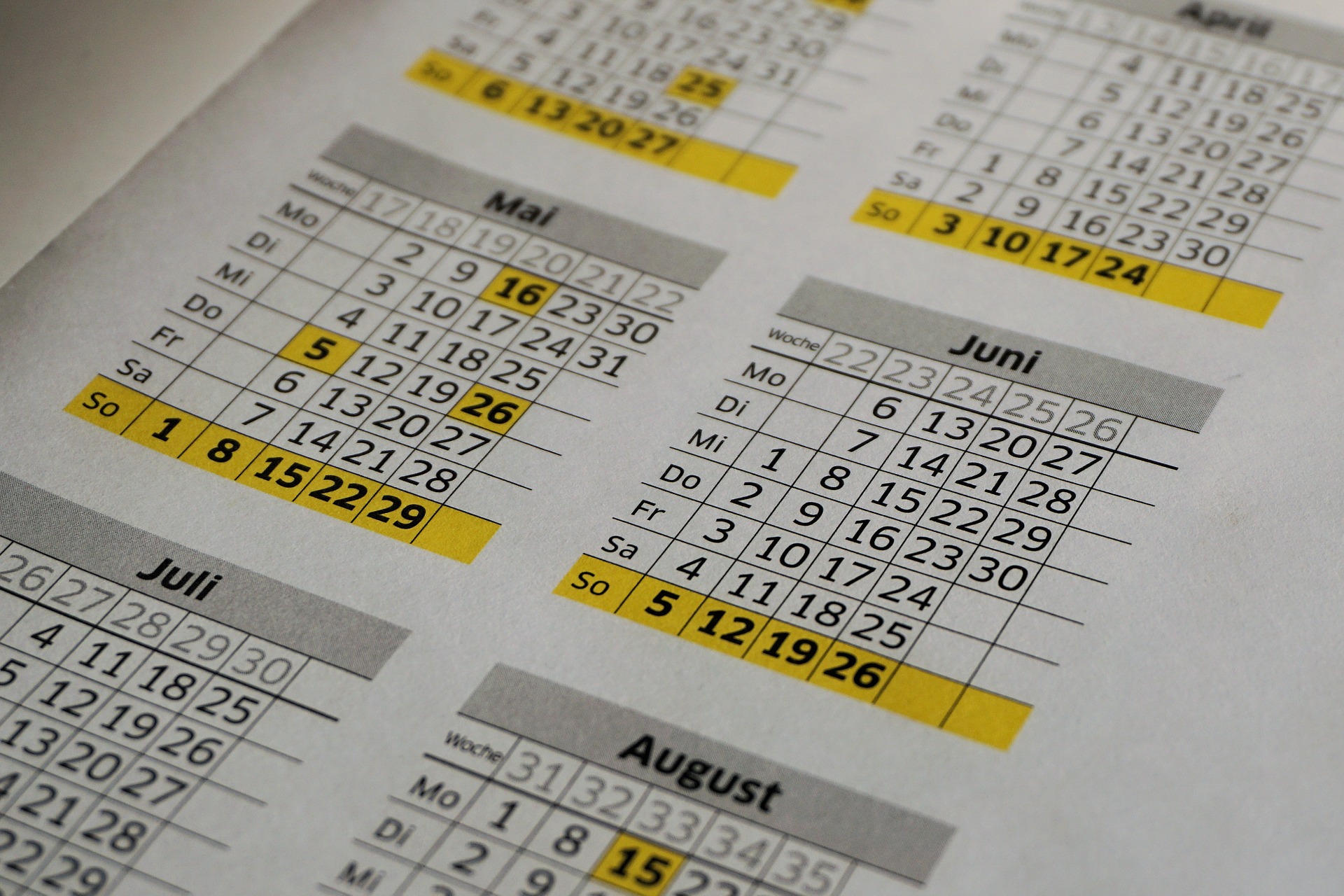 complicated moon calendar is in use and base for their time culture. India uses a tropical calendar and then of course, there is the infamous Mayan calendar.
complicated moon calendar is in use and base for their time culture. India uses a tropical calendar and then of course, there is the infamous Mayan calendar.
My first question was to whom we actually owe our time definitions. The English word time derives from the old English “tima” – which essentially means a limited space of time by division.
Hour, minute and second
Apparently, the counting of 24 hours was already practiced by the ancient Egyptians. But that doesn´t mean they invented it. Most likely, they adopted it from their cultural predecessors. However, they reside somewhere beyond the easily accessible historical accounts. The ancient Greeks and Roman adopted this method of counting time in turn.
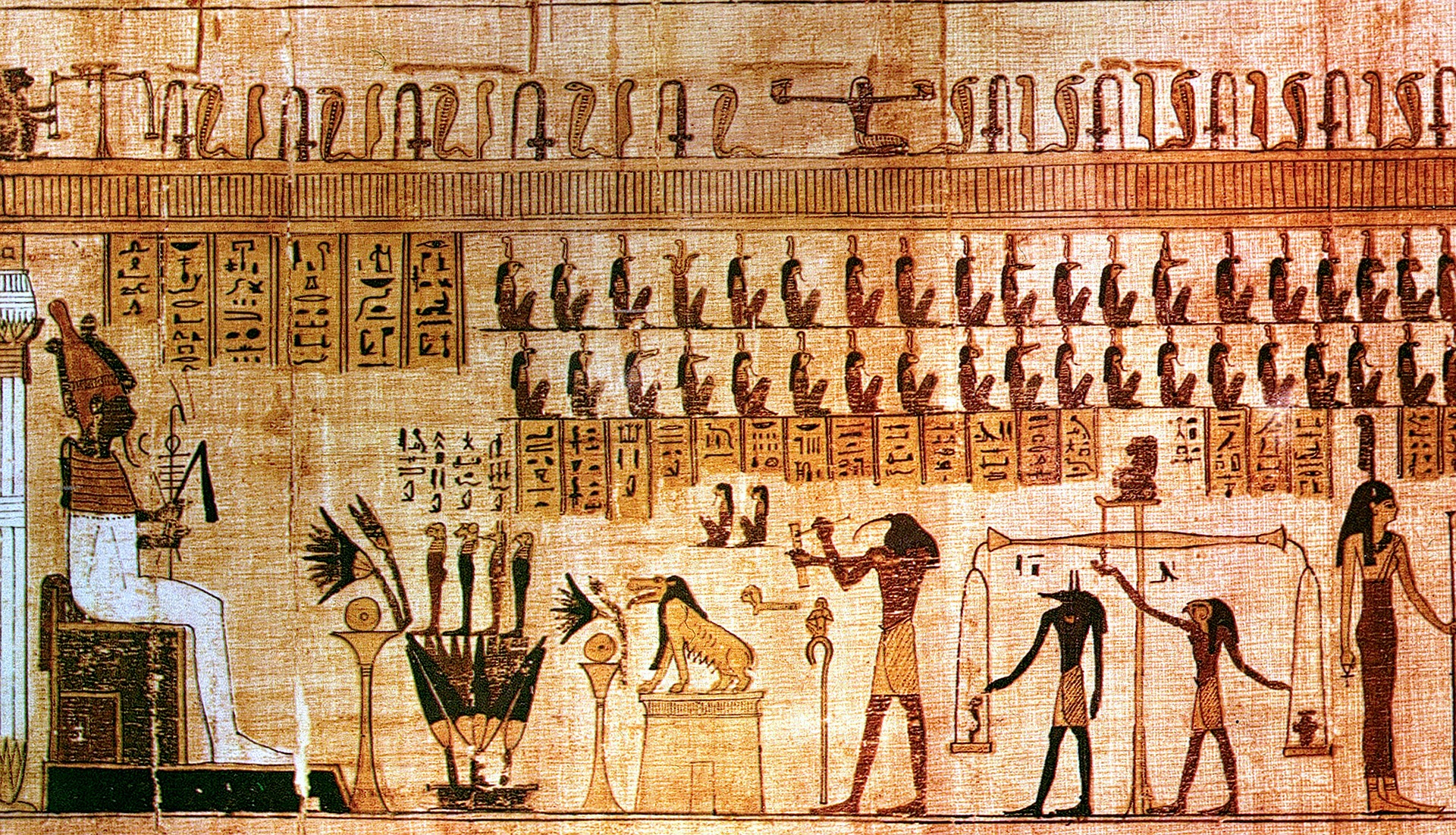 The English word hour is derived from the Latin word “hora” that and defines the 24th segment of a day. The minute is the smallest unit of an amount divisible by 60. This can even be retraced to the ancient Babylonians. They already divided the minute into sixty subunits – the second. This measurement of time has been the worldwide standard for a very long time. However, there might be the occasional indigenous people that is free from infections of consciousness by other civilizations and assess time differently.
The English word hour is derived from the Latin word “hora” that and defines the 24th segment of a day. The minute is the smallest unit of an amount divisible by 60. This can even be retraced to the ancient Babylonians. They already divided the minute into sixty subunits – the second. This measurement of time has been the worldwide standard for a very long time. However, there might be the occasional indigenous people that is free from infections of consciousness by other civilizations and assess time differently.
Clocks
The familiar face of the clock with its division into twelve units emerged around 1300 when the first mechanical clocks were developed. The wandering hand mimics the movement of the sun on the Northern hemisphere looking south: it rises in the East (left), is highest at noon “at twelve” and sets in the West (right). This in turn was adopted by the military in order to communicate locations  verbally: “Enemy seen at 5.30” or blind people learn to orient themselves on their plates this way: “Potatoes at three o´clock”.
verbally: “Enemy seen at 5.30” or blind people learn to orient themselves on their plates this way: “Potatoes at three o´clock”.
The first dials had a hand for the hours only. Once the mechanics became more refined thanks to the pendulum the minute hand was added from the 17th century onwards. An hour matched the wandering of the minute hand once around the dial. Soon the second hand was added that moved in higher speed around the dial, completing a minute.
The sun determines our times of day
The measuring of the hours was determined by the position of the sun. Depending on its position objects cast a shadow in varying angles. These can be measured and are comparable if you always put  the same object in the same spot. Like the hand of a sun dial, for example. The highest position of the sun and therefore the shortest shadow is at twelve o’clock at noon and that serves as the beginning and end point for counting. From there the time is counted forward or backwards.
the same object in the same spot. Like the hand of a sun dial, for example. The highest position of the sun and therefore the shortest shadow is at twelve o’clock at noon and that serves as the beginning and end point for counting. From there the time is counted forward or backwards.
The first hour is counted right after midnight and then 24 hours onwards and digital clocks and in the military are usually using this format. In our daily lives however, we usually prefer counting the am/pm counting. The letters stand for the Latin “ante meridiem” (before noon) – AM and “post meridiem” after noon – PM. This made the organization of life for the generally diurnal human much easier.
 Especially when machines became part of our lives ever more and we started working “around the clock”. Since then, people worked in ever more shifts and goods were transported and distributed incessantly. Many things that used to be done “step by step” are now coordinated in a way that allows for them to go on at the same time. In this manner no more time is lost during production. The machines never rest and the humans – thanks to artificial light – have become nocturnal as well.
Especially when machines became part of our lives ever more and we started working “around the clock”. Since then, people worked in ever more shifts and goods were transported and distributed incessantly. Many things that used to be done “step by step” are now coordinated in a way that allows for them to go on at the same time. In this manner no more time is lost during production. The machines never rest and the humans – thanks to artificial light – have become nocturnal as well.
Sun dial made way to the atomic clock
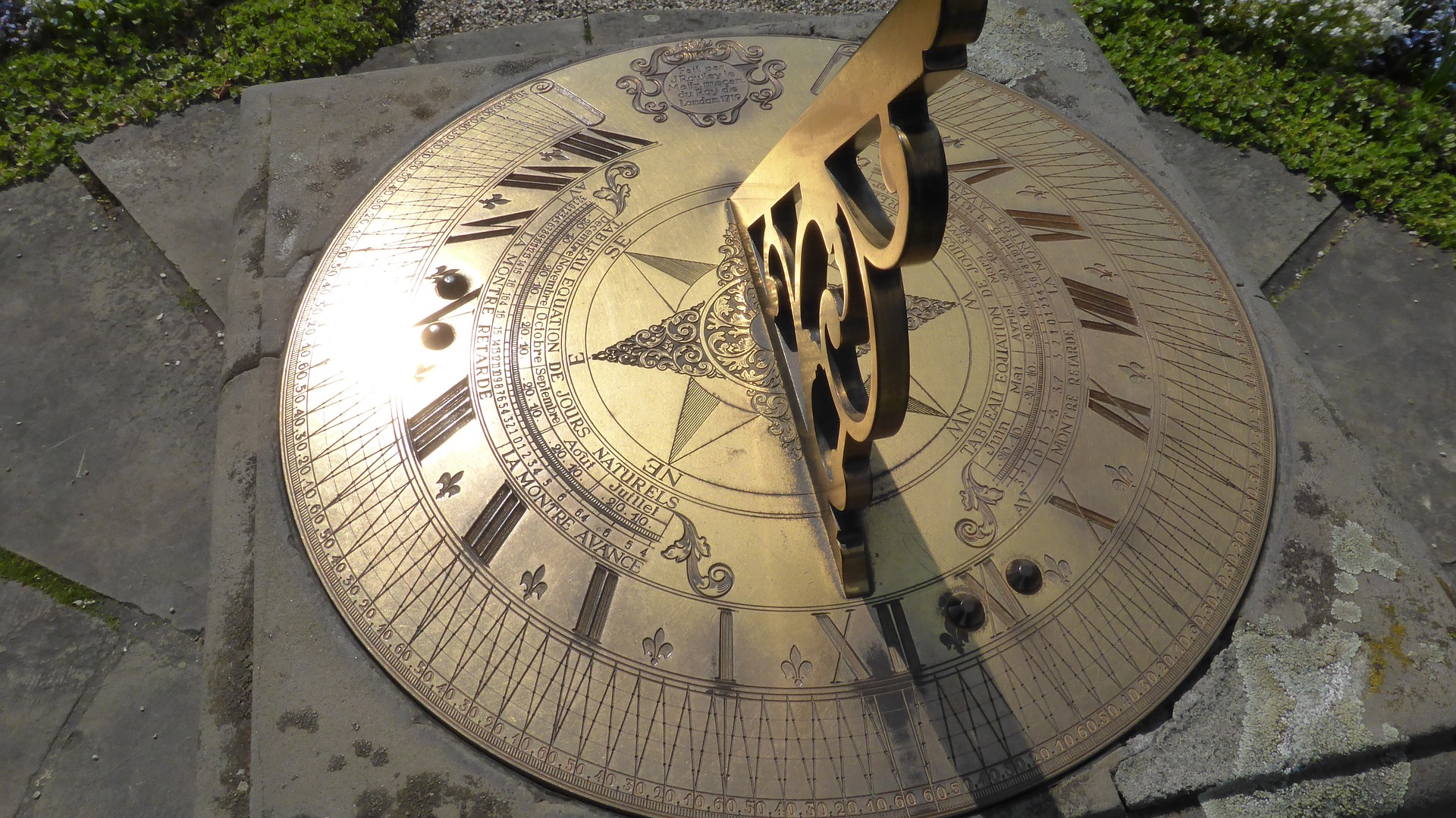 By now the position of the sun is only interesting to doctors of natural medicine, hikers without technology and romantics. For the exact counting of time is now done by atomic clocks. Astronomers noted at some point that the rotation of the earth – which is the base for the measurement of time – is not quite as regular as one would surmise. Therefore, it was decided to make the atomic second the premise for counting time. Now the earth can rumble as much as it wants – the worldwide beat is not affected!
By now the position of the sun is only interesting to doctors of natural medicine, hikers without technology and romantics. For the exact counting of time is now done by atomic clocks. Astronomers noted at some point that the rotation of the earth – which is the base for the measurement of time – is not quite as regular as one would surmise. Therefore, it was decided to make the atomic second the premise for counting time. Now the earth can rumble as much as it wants – the worldwide beat is not affected!
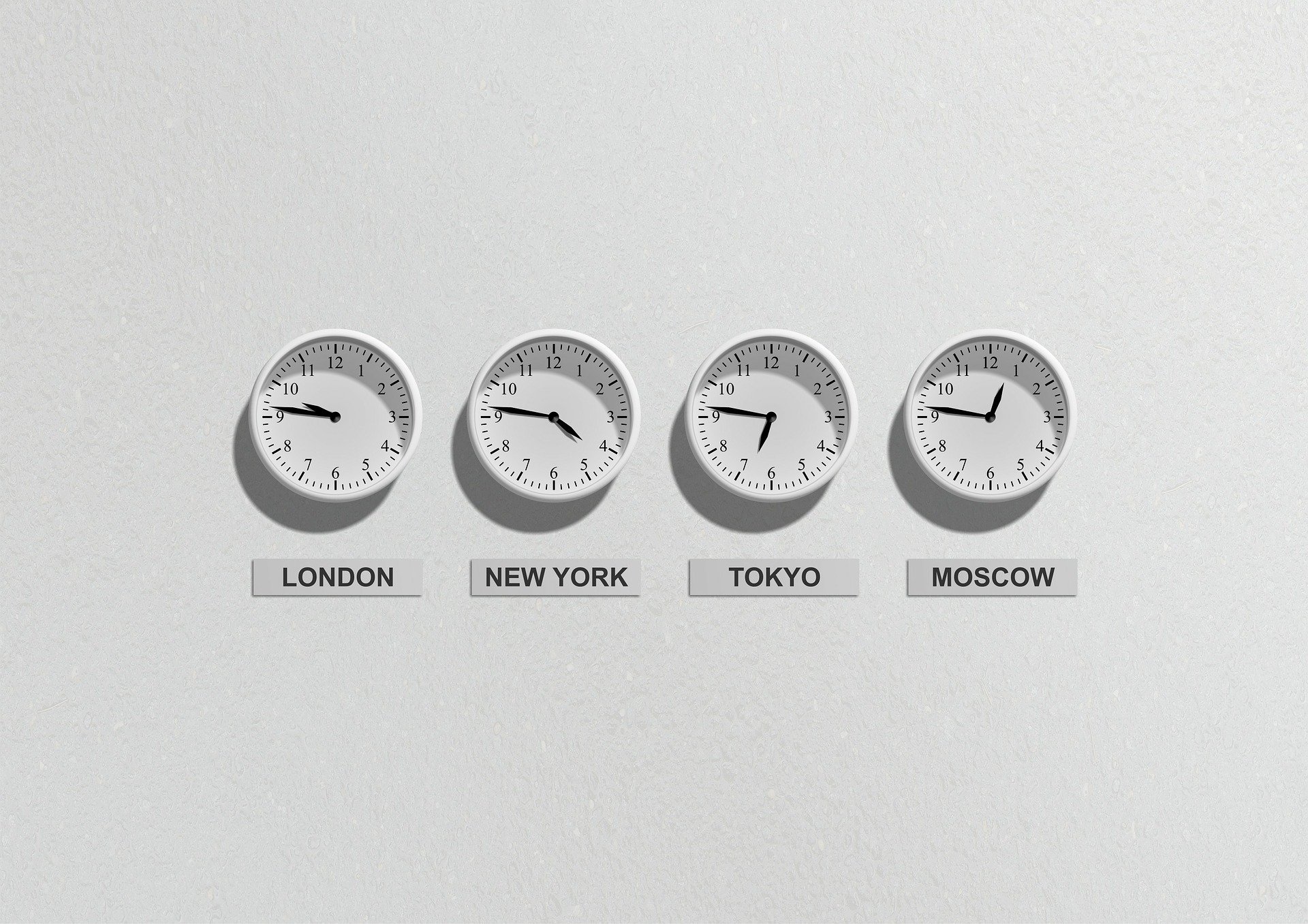 This also allows for the global regulation of time and travel schedules and even the coordination of time zones! And it also helps with switching to daylight savings time (DST) that by now is installed in about 70 countries. However, in the US two federal states do not participate: Arizona and Hawaii.
This also allows for the global regulation of time and travel schedules and even the coordination of time zones! And it also helps with switching to daylight savings time (DST) that by now is installed in about 70 countries. However, in the US two federal states do not participate: Arizona and Hawaii.
In Europe it started in its current gestalt in 1980. Since 1996 it became unified in Europe: between the last Sunday in March and the last Sunday in October our clocks are moved forward one hour. So during that time the sun reaches her apex at 1 pm and no longer at noon. For you cannot change the sun dials – only the manmade clocks!
Time has become a good – a commodity
 The main argument for the installation was to save energy. Allegedly the public illumination (streetlights etc.) could be reduced that way. Besides people could be sooner and longer productive in the summer. So, the main reason was actually – money. For saving energy is primarily about saving costs. To this day it is a controversial issue whether this actually ever worked out. For the cost of changing the time must be taken into that account! And that is not without complications as the scheduling of airlines shows!
The main argument for the installation was to save energy. Allegedly the public illumination (streetlights etc.) could be reduced that way. Besides people could be sooner and longer productive in the summer. So, the main reason was actually – money. For saving energy is primarily about saving costs. To this day it is a controversial issue whether this actually ever worked out. For the cost of changing the time must be taken into that account! And that is not without complications as the scheduling of airlines shows!
Resistance against artificial time
 This causes repeated resistance. In 2019, there was a Europe wide poll taken whether DST should be abolished or continued. The overwhelming majority wanted the abolition and maintenance of the natural rhythms. The servers in the various countries broke down repeatedly during the period of the survey. However, suddenly it disappeared without any effect in the abyss of politics and media. To this day it is not quite publicly clear whom the DST is serving and why it is promoted so much. For most citizens are against it.
This causes repeated resistance. In 2019, there was a Europe wide poll taken whether DST should be abolished or continued. The overwhelming majority wanted the abolition and maintenance of the natural rhythms. The servers in the various countries broke down repeatedly during the period of the survey. However, suddenly it disappeared without any effect in the abyss of politics and media. To this day it is not quite publicly clear whom the DST is serving and why it is promoted so much. For most citizens are against it.
The advantages of measuring time
 The clock and the division of time is helpful if you want to measure velocity. Or make a work process more efficient or if you want to arrange meeting others. For of course the measuring of time is indispensable to our work-oriented world. Also, in sports where victors are dependent on milli-seconds. And many industries count their work and rates in hours.
The clock and the division of time is helpful if you want to measure velocity. Or make a work process more efficient or if you want to arrange meeting others. For of course the measuring of time is indispensable to our work-oriented world. Also, in sports where victors are dependent on milli-seconds. And many industries count their work and rates in hours.
The disadvantage of measuring time
 The clock and the according dictation of time produce a lot of stress. A millisecond too much or too less can have a life-changing effect on some people. And then we have all the typical stress of civilization symptoms that are attached to a basic feeling of lacking time. Typical expressions are “I don´t have time”, “I´m too old/too young”, “You either invest money or time, best both. If you have neither, you´re screwed.”
The clock and the according dictation of time produce a lot of stress. A millisecond too much or too less can have a life-changing effect on some people. And then we have all the typical stress of civilization symptoms that are attached to a basic feeling of lacking time. Typical expressions are “I don´t have time”, “I´m too old/too young”, “You either invest money or time, best both. If you have neither, you´re screwed.”
The body has its own clock
In chronobiology our “inner clock” is called the circadian clock. For even without the alarm clock our body has the natural ability to orient itself in time. Mostly this is connected to having a sense of the  position of the sun and the perceived natural light. This is the reason why some people end up having a “jetlag” after long flights. Their inner sense of time and the externally perceived time is not in sync anymore and that mixes up our inner (natural) rhythm. Many people already lose their “inner beat” when the clock is only changed by one hour. So entire populaces are unnecessarily stressed regarding their biorhythm and metabolism. Even nature is forced to adapt to the shifting of times of traffic, noise and illumination.
position of the sun and the perceived natural light. This is the reason why some people end up having a “jetlag” after long flights. Their inner sense of time and the externally perceived time is not in sync anymore and that mixes up our inner (natural) rhythm. Many people already lose their “inner beat” when the clock is only changed by one hour. So entire populaces are unnecessarily stressed regarding their biorhythm and metabolism. Even nature is forced to adapt to the shifting of times of traffic, noise and illumination.
Was a day always a day?
There happen to be some interesting studies: if you deprive a human of daylight and other orientations in time and let the body alone 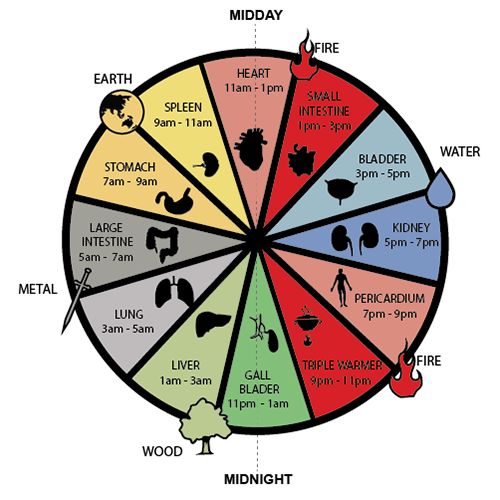 dictate the rhythm, you end up with a day of 24 hours and 40 minutes. This happens to the exact length of a Martian day. The possible implications of that – I will leave to the mind of the reader!
dictate the rhythm, you end up with a day of 24 hours and 40 minutes. This happens to the exact length of a Martian day. The possible implications of that – I will leave to the mind of the reader!
One thing however is clear: all biological creatures have an inner rhythm that basically uses daylight to orient itself. This includes a natural mixture of active and resting phases. Among the diagnostic tools of Traditional Chinese medicine is the so-called “organ-clock”. According to their teachings the live energy qi circulates through our body during a full day-and-night cycle. During this cycle and within the metabolism of the body certain organs are more active than others at certain times. For instance, if you always wake up at a certain time every night this is a hint which organ might have a dysfunction.
Our sense of time
Independently from “external” time dictated by the clock and the “internal” time that is determined by our body there is also something like a felt sense of time. For example, when we do something we enjoy, time “seems to fly”. Or when one hour feels like three, because we´re waiting for something or are bored out of our minds.
That means that our sense of time can be manipulated very easily. And time IS a construct. Besides all the impressive mathematical achievements of Egyptians and Babylonians and all their smart  successors Earth would continue her orbit without a single clock!
successors Earth would continue her orbit without a single clock!
And indeed, the measured time is not real! We believe it is real because everybody agrees on it. And we also believe, we must submit ourselves to time. As if it was some unchangeable factor, like gravitation, physical distance or the climate… But that is a wrong conclusion. It is actually not too difficult to have time work to you! This may sound insane, but it is possible indeed. I already wrote a blog on how to do this.
Natural time consists of rhythms and cycles
Before there were clocks that dictated our procedures, our lives were 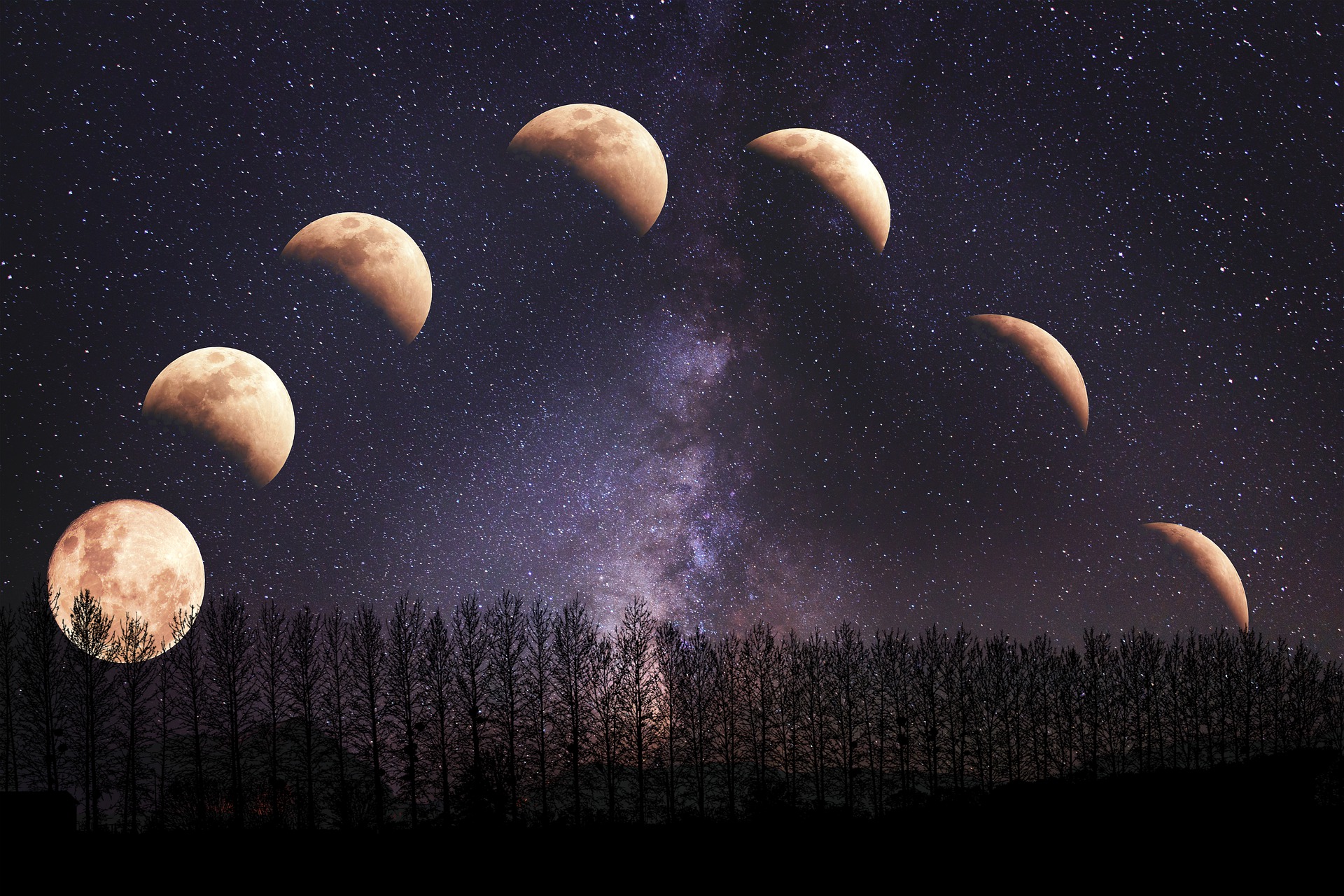 guided by the position of the sun during the day and moon and stars at night. We got up “with the fowl” and went to bed at sunset. In winter we slept more, in summer less. We had a sense for “the order of the day”. We were aware, what was most important when.
guided by the position of the sun during the day and moon and stars at night. We got up “with the fowl” and went to bed at sunset. In winter we slept more, in summer less. We had a sense for “the order of the day”. We were aware, what was most important when.
We didn´t have the frequent feeling of today when we are afraid to doing one thing at the expense of another. Also, the entire human development took place in harmony with nature and our physical sensations. We learned to sense cycles and rhythms in our body: adequate times of activity and rest. Women know about the phases of their menstrual cycle. In some, it is actually still in tune with the phases of the moon!
In many people an intuitive sense of time is still functioning. For instance, when we wake up just before the alarm clock goes off. Or when we cook food and turn down the heat before the smell of something burnt reminds us of something on the stove. Or when we become restless because the children or our partner seem to be running late. And this not only applies to hours or day, but also to the week. We sense when “it is time!”
Day and night
The German word “Tag” and the English word “day” probably derive 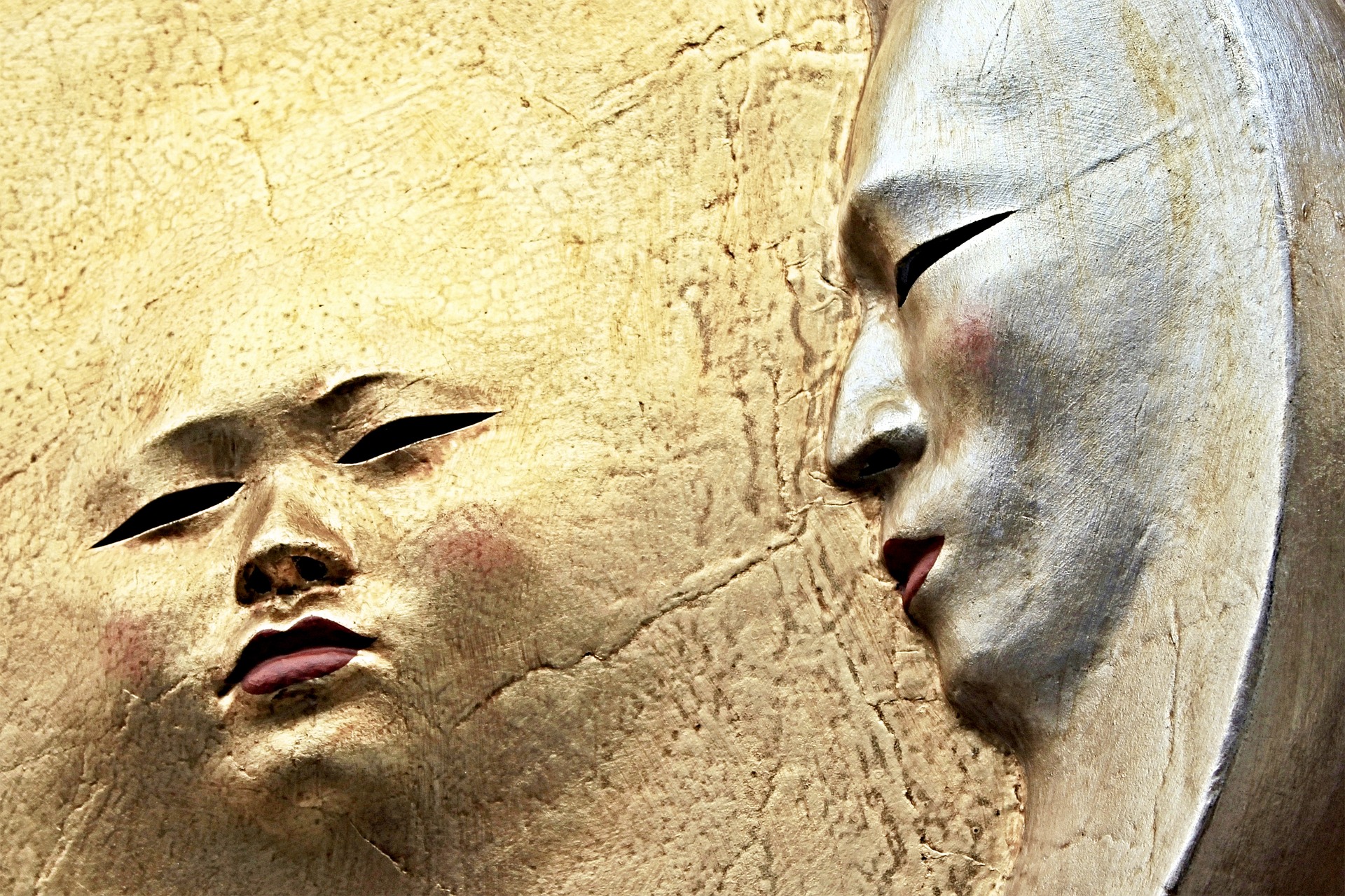 from the Indogermanic word “dhegi” – the time when (the sun) burns. “Nacht” or “Night” has its origin in the Indogermanic word “nok” which simply means night. In ancient times a day was considered to last from sunset to sunset and was called night. The expression “fortnight” is reminiscent of that. Currently day means for us the time when it´s light outside and night describes the time between sunset and sunrise. As mankind is able, to produce artificial light by now many people have turned nights into days… Fortunately however, we cannot manipulate the course of the stars yet!
from the Indogermanic word “dhegi” – the time when (the sun) burns. “Nacht” or “Night” has its origin in the Indogermanic word “nok” which simply means night. In ancient times a day was considered to last from sunset to sunset and was called night. The expression “fortnight” is reminiscent of that. Currently day means for us the time when it´s light outside and night describes the time between sunset and sunrise. As mankind is able, to produce artificial light by now many people have turned nights into days… Fortunately however, we cannot manipulate the course of the stars yet!
The week
The division into week was most likely established by cultures that followed the lunar cycle. In accordance with that a week is a quarter moon. The ancient Romans had a week of eight days where the final day of the last week was the first of the new week. However, they were rather flexible with their holidays and feast days and it got shifted around. But finally (exactly when is not clear) the 7-day week prevailed.
 In our culture the week became established by the creation of our world according to the Old Testament in the bible. Now we have six workdays and one day of rest. However, this is not the same everywhere. In Israel and the Arab countries Sunday is considered the first day of the week. Which makes sense for it makes Wednesday truly “humpday” – and that applied to many cultures for a long time.
In our culture the week became established by the creation of our world according to the Old Testament in the bible. Now we have six workdays and one day of rest. However, this is not the same everywhere. In Israel and the Arab countries Sunday is considered the first day of the week. Which makes sense for it makes Wednesday truly “humpday” – and that applied to many cultures for a long time.
The actual day of rest was Sabbath – Saturday. However, Constantine I. the first Christian ruler of Rome declared Sunday the day of rest. For initially the sun god was worshipped on Sundays and he felt that this kind of united adoration should be put towards the Christian god and his risen sun. Ideally during the church visit.
The weekdays
Besides Sunday being named after the sun, the other weekdays are also named after planetary bodies or ancient divinities. This is even more obvious in the Romance languages. In the Germanic language the name of the weekday was simply adjusted to the divine Germanic counterpart.
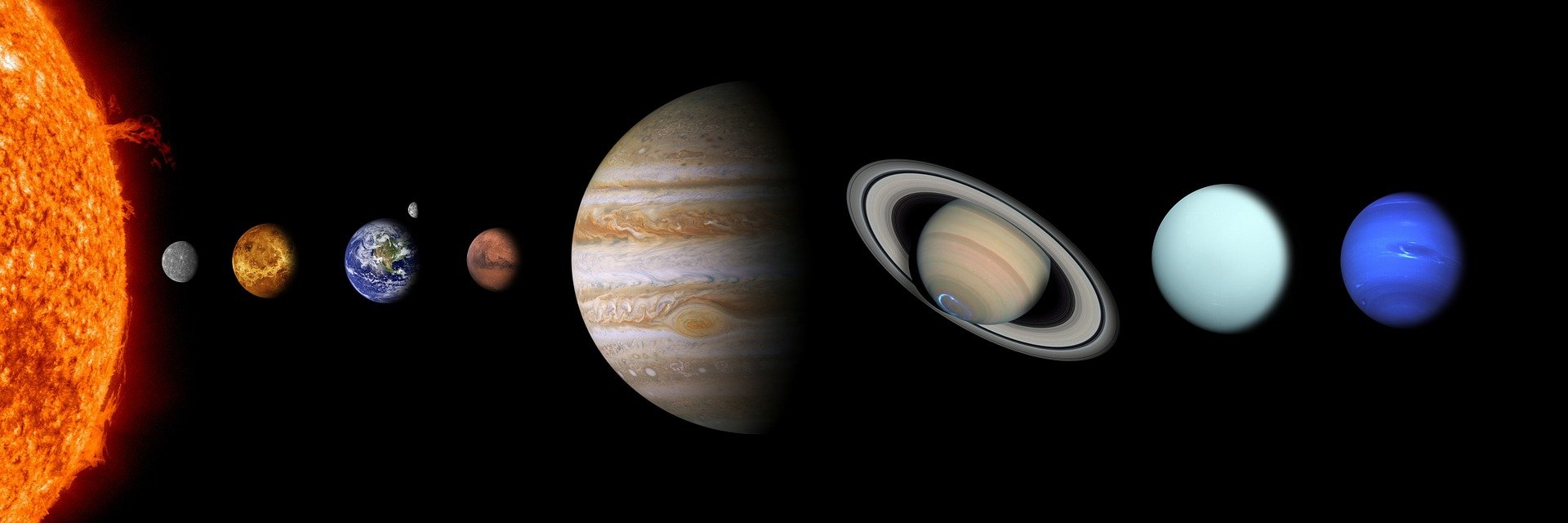 Accordingly, the names of the weekdays are as follows: Sunday – sun, Monday – Moon, Tuesday – Mars (Germanic match Tyr), Wednesday – Mercury (Germanic Match Wotan). But in French, its Mercredi, in Italian Mercoledi. Thursday-Jupiter (Germanic match Thor): Friday-Venus (Germanic match Freya) and Saturday-Saturn.
Accordingly, the names of the weekdays are as follows: Sunday – sun, Monday – Moon, Tuesday – Mars (Germanic match Tyr), Wednesday – Mercury (Germanic Match Wotan). But in French, its Mercredi, in Italian Mercoledi. Thursday-Jupiter (Germanic match Thor): Friday-Venus (Germanic match Freya) and Saturday-Saturn.
The word “week” is derived from in the Old English “wucu, wice” – probably meaning of “a turning” or “succession”.
The normed week
Meanwhile the week as a division of time has become the international norm in the oh so civilized world. Our entire year is subdivided into 52 weeks. And the according week of the calendar (CW) also serves as orientation. For instance, when you are given a 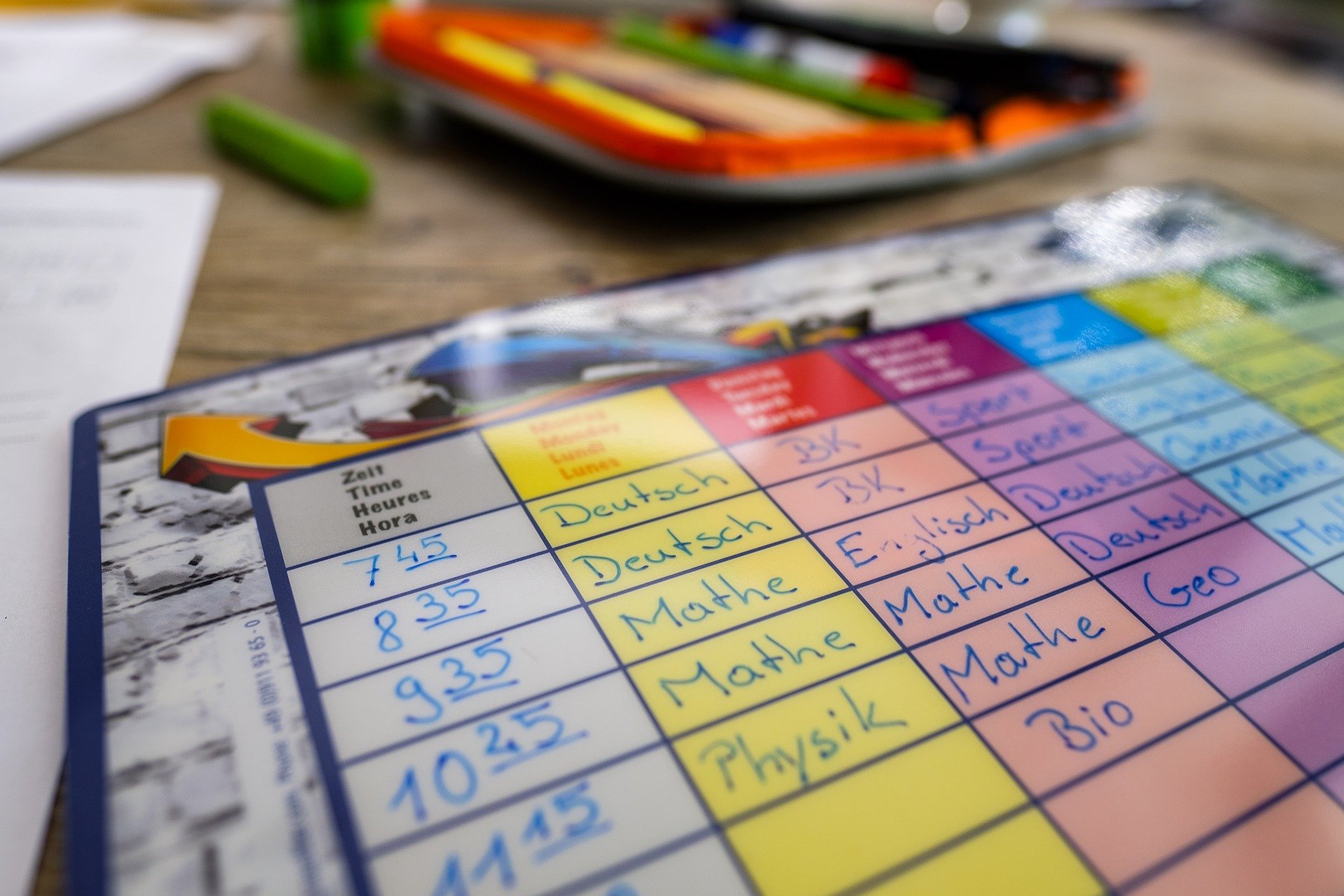 potential delivery date of furniture or for the completion of a building. Also, long stretches of time are counted in weeks, like long holidays or a renovation. With the more exact knowledge regarding the embryonic development, a pregnancy is now counted in weeks. And many rotation systems in companies follow a weekly rhythm. The timetables in most schools are structured by a weekly rhythm.
potential delivery date of furniture or for the completion of a building. Also, long stretches of time are counted in weeks, like long holidays or a renovation. With the more exact knowledge regarding the embryonic development, a pregnancy is now counted in weeks. And many rotation systems in companies follow a weekly rhythm. The timetables in most schools are structured by a weekly rhythm.
The month is determined by the moon
Already the word “month” refers to the moon. The subdivision of a year into months was apparently also established by the ancient Egyptians. A month is basically the period from new moon to new 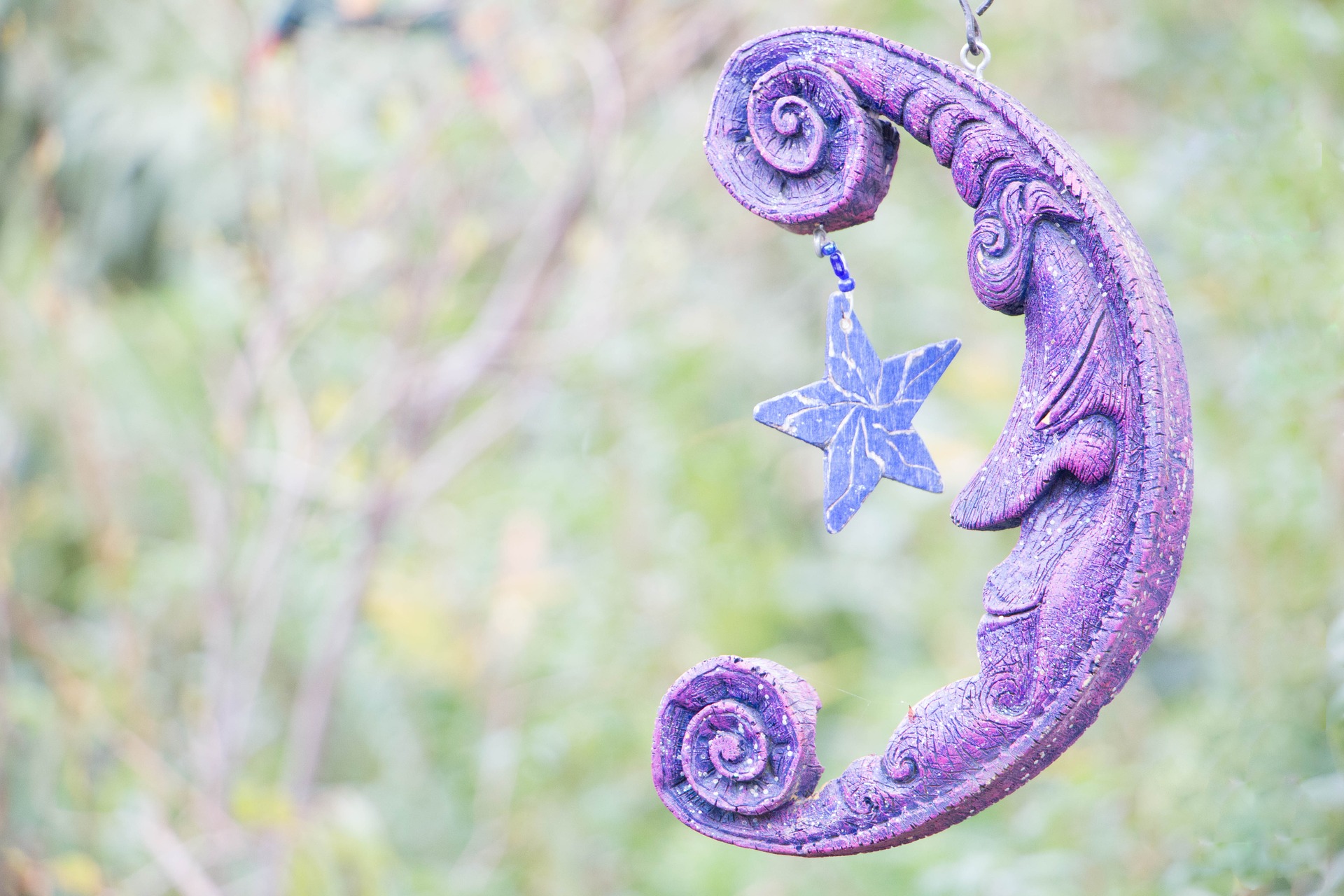 moon. That is to say the course of the moon around the earth. But because the lunar cycle is complicated it varies between 27 and 29 days. In the course of our history the solar calendar (earth wandering around the sun) was synchronized with the lunar calendar. So that we now have a solar year that consists of 12 months of about 30 days. Every four years a leap day is added in February in order to maintain this synchronization. For a lunar year actually has only 354 days, but a solar year 365. In some cultures who follow a moon calendar exclusively a 13th month is added every 19 years.
moon. That is to say the course of the moon around the earth. But because the lunar cycle is complicated it varies between 27 and 29 days. In the course of our history the solar calendar (earth wandering around the sun) was synchronized with the lunar calendar. So that we now have a solar year that consists of 12 months of about 30 days. Every four years a leap day is added in February in order to maintain this synchronization. For a lunar year actually has only 354 days, but a solar year 365. In some cultures who follow a moon calendar exclusively a 13th month is added every 19 years.
The names of the months
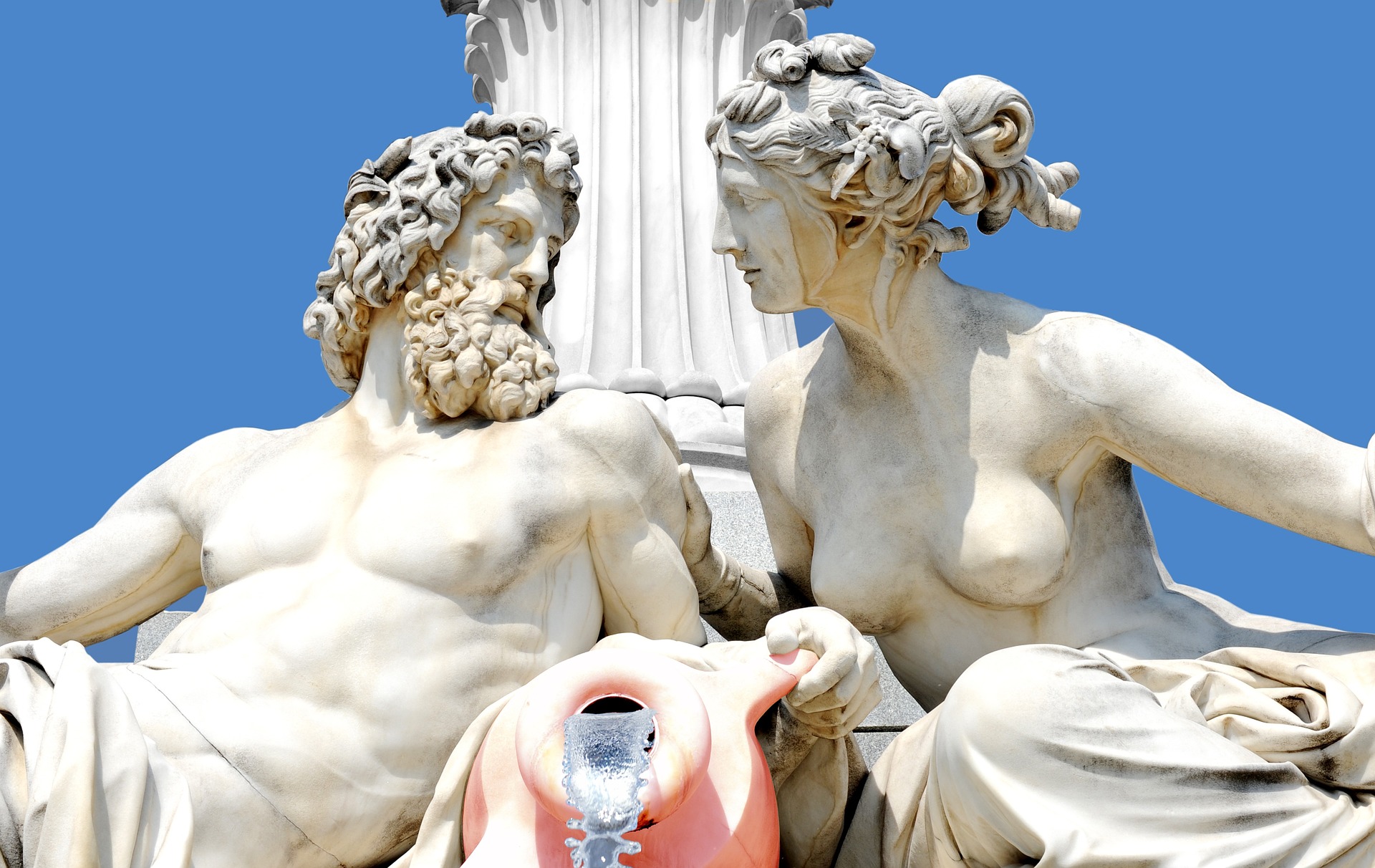 The Romans adapted this subdivision of the year and gave the months their own names. Endeavours by various cultures to change the names of the months in the course of their history failed. The collective habit won.
The Romans adapted this subdivision of the year and gave the months their own names. Endeavours by various cultures to change the names of the months in the course of their history failed. The collective habit won.
January is derived from Janus, the roman God of “entry and exit” – ianua is the Latin word for threshold.
February is derived from the Latin verb “februare” which means to clean. A the end of February at the “feast of februa” the ancestors were atoned for and the living were cleansed.
March is named after the god of war and breakthroughs: Mars. For the ancient Romans the year began initially in March – in spring. Until the terms of office of the Roman consuls began on January 1st and thereby announced the beginning of the new year. Thus the change of years shifted.
 April is derived from Latin “aperire” – to open. It was the time of bloom.
April is derived from Latin “aperire” – to open. It was the time of bloom.
May is supposedly named after the goddess Maia…or the goddess after the month. That is not clear to this day. However Maia was a minorly important goddess who is usually depicted with a cornucopia.
June was named after the goddess Juno – the wife of the boss of the gods, Jupiter.
July was originally called “Quintilius” – the fifth month. But as it 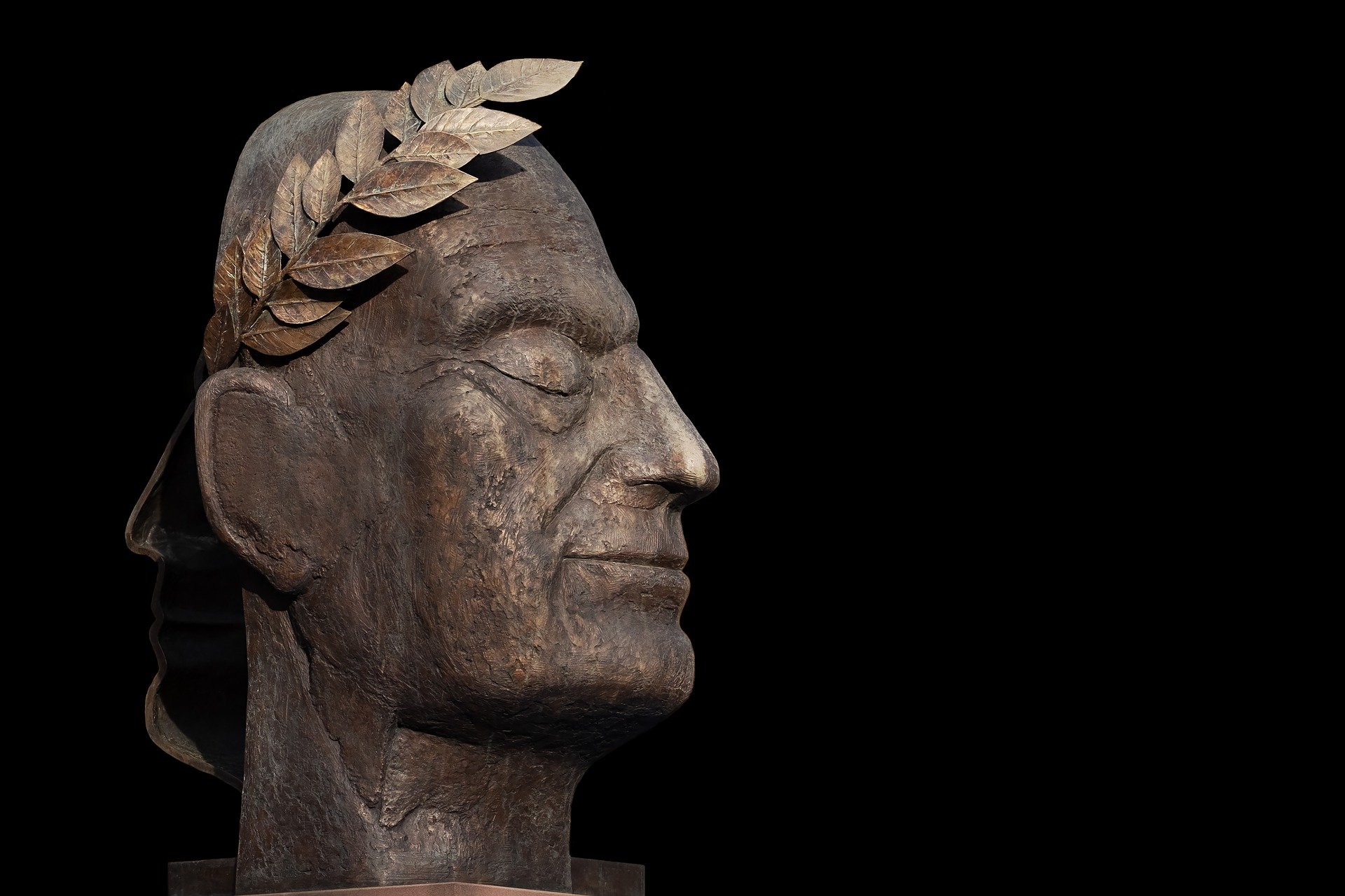 happened to be the birth month of Julius Cesar it was renamed in his honor into July in 44 BC.
happened to be the birth month of Julius Cesar it was renamed in his honor into July in 44 BC.
August originally was “Sextilius” – the sixth month. But to honor the emperor Augustus it was named August in 8 BC.
September matches the Latin word sept – seven.
October matches the Latin word octo – eight
November matches the Latin word novum – nine
And December matches the Latin word decem – ten.
The months too structure or thinking of and in time. Not only regarding the change of seasons or pregnancies. But also other time periods: like rents, phone and work contracts.
The power of habit
Event though we´ve become used to these names of months for a long time the distortion of number and name is rather obvious. For if they were in sync December should be named Duodecimber!
But us humans are so good at accepting such massive contradictions. We simply get used to this strange but constant rumbling in the underground: the feeling that something is off.
 Some people still remember the old rhythm: up into the 1950ies some areas in Germany started their school year after Easter. In accordance with the new beginnings in spring. But now it starts at a time when everybody should actually prepare for at time of calming down.
Some people still remember the old rhythm: up into the 1950ies some areas in Germany started their school year after Easter. In accordance with the new beginnings in spring. But now it starts at a time when everybody should actually prepare for at time of calming down.
However, it is not bothersome enough to do anything about it. And thus a popular human saying applies: “It didn´t bother the others either.”
And so, we accept all kinds of odd changes in the course of the centuries. More or less obtrusively they seep into our culture and into our awareness. We are usually not aware how this makes us move away from nature and its natural rhythms ever more. And eventually people say: “It´s always been like that!” and we accept it as a given.
The church has its share in it
As is well documented the church played an unfortunate role in usurping the pagan holidays in order to promote the indoctrination of  Christianity. Easter kept its name from a Northern fertility goddess Eostre or Eostrae (Anglo-Saxon) or Ostara (Germanic) – the rabbit and eggs were her symbols. But for the Christian believer it is primarily about the death and resurrection of his saviour.
Christianity. Easter kept its name from a Northern fertility goddess Eostre or Eostrae (Anglo-Saxon) or Ostara (Germanic) – the rabbit and eggs were her symbols. But for the Christian believer it is primarily about the death and resurrection of his saviour.
And the proximity of Midwinter (December 21st) and “Christmas” is surely no coincidence. To decorate a tree in order to celebrate was always part of various pagan rituals. That it had to be an evergreen in winter makes sense. It didn´t really have much to do with the birth of Jesus. So for the churches the setting up of a nativity set with the manger was symbolically far more important.
Christmas mess
When pine tree forests were planted in the second half of the 19th century to meet the increasing need for Christmas trees, this custom spread ever further. Finally, it also crossed the waters and reached England and the US. In the course of this the “Christchild” whose  birthday it was, after all – was replaced by “Father Christmas” or rather “Santa Claus” with reindeers and all. He now brings the presents. Even though in Europe St. Nicholas day is celebrated on the sixth of December. And that “Santa Claus” always appears in the Coca Cola colours of white and red…is no coincidence either. But to explore this cultural distortion further here would lead too far. I might write more about this in December. However, it is interesting to note that the churches never fought against this.
birthday it was, after all – was replaced by “Father Christmas” or rather “Santa Claus” with reindeers and all. He now brings the presents. Even though in Europe St. Nicholas day is celebrated on the sixth of December. And that “Santa Claus” always appears in the Coca Cola colours of white and red…is no coincidence either. But to explore this cultural distortion further here would lead too far. I might write more about this in December. However, it is interesting to note that the churches never fought against this.
A saint for every day
In the course of history, the church elders added a few holidays and changed the meaning of some of the heathen feast days. With more or less success, Halloween is celebrated in a very pagan way, carnival ends with the Christian Ash Wednesday.
Besides there is a venerable Saint for each day of the calendar, sometimes more than one. There are prayers for certain hours of the day to worship the Lord around the clock… As a faithful Christian you 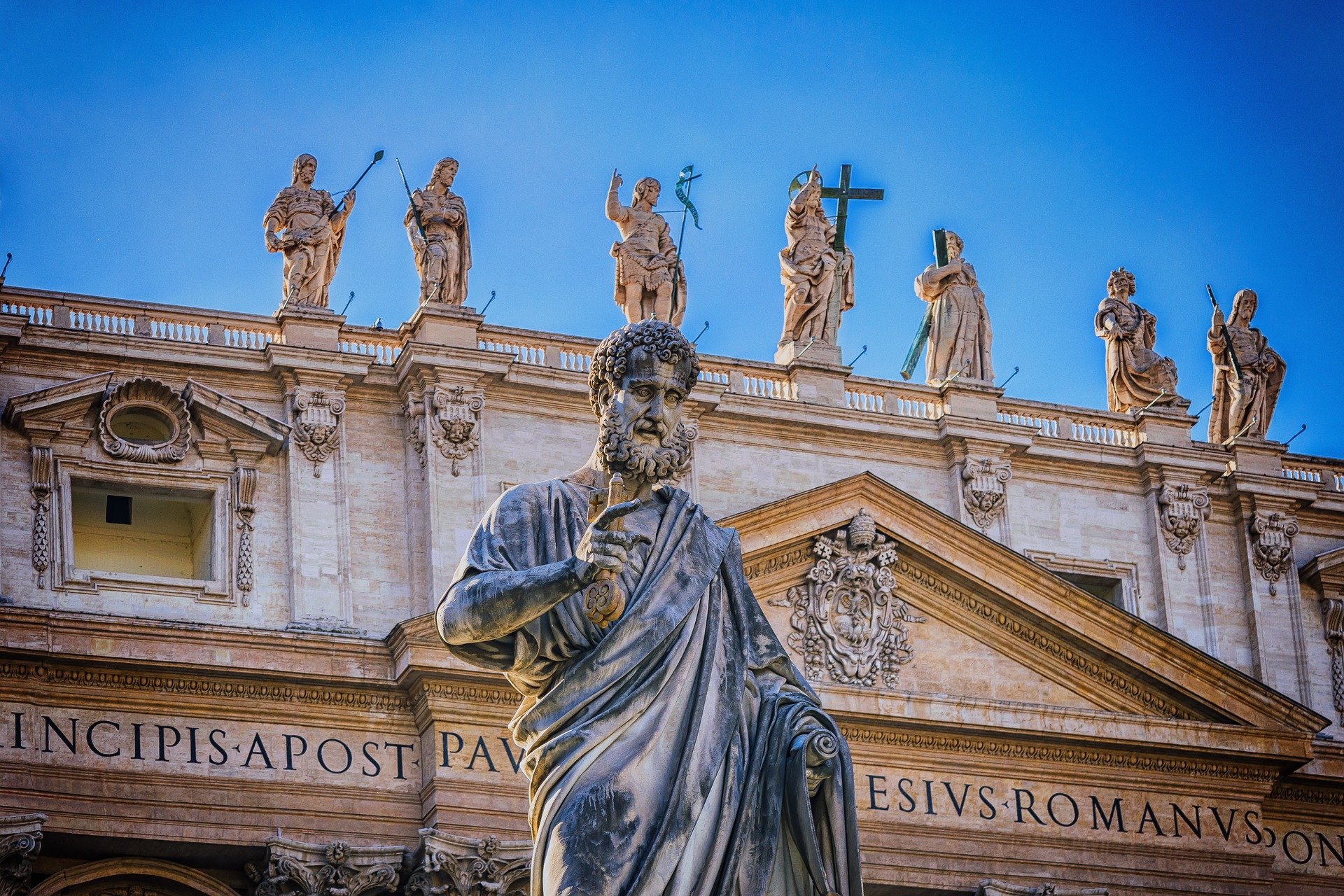 can coordinate your faith with the structure of your day. Or more pointedly: the church calendar has more power than your own sense or nature.
can coordinate your faith with the structure of your day. Or more pointedly: the church calendar has more power than your own sense or nature.
Perhaps an exploration of the history of bell ringing could yield some interesting insights. For the church bells rang in accordance with their liturgy and structured the day. In some areas that was then eventually executed by mechanical clocks. However, there is clearly a strong connection between the church and our perception of time!
The year
The word derives from old high German “Jahr”. For most of us it holds the meaning of the progress of time. The annual birthdays remind us of getting older. Every new school year shows the progress  in education. Businesses produce an annual balance sheet to assess their development. And various groups experience each year from a specific angle. For instance, the German Union of Nature and Biodiversity Conservation and the National Association for Bird Protection in Bavaria elect an endangered “bird of the year” since 1971. The bird for 2020 was the turtle dove. For this year you can still give your vote on the website of these organizations.
in education. Businesses produce an annual balance sheet to assess their development. And various groups experience each year from a specific angle. For instance, the German Union of Nature and Biodiversity Conservation and the National Association for Bird Protection in Bavaria elect an endangered “bird of the year” since 1971. The bird for 2020 was the turtle dove. For this year you can still give your vote on the website of these organizations.
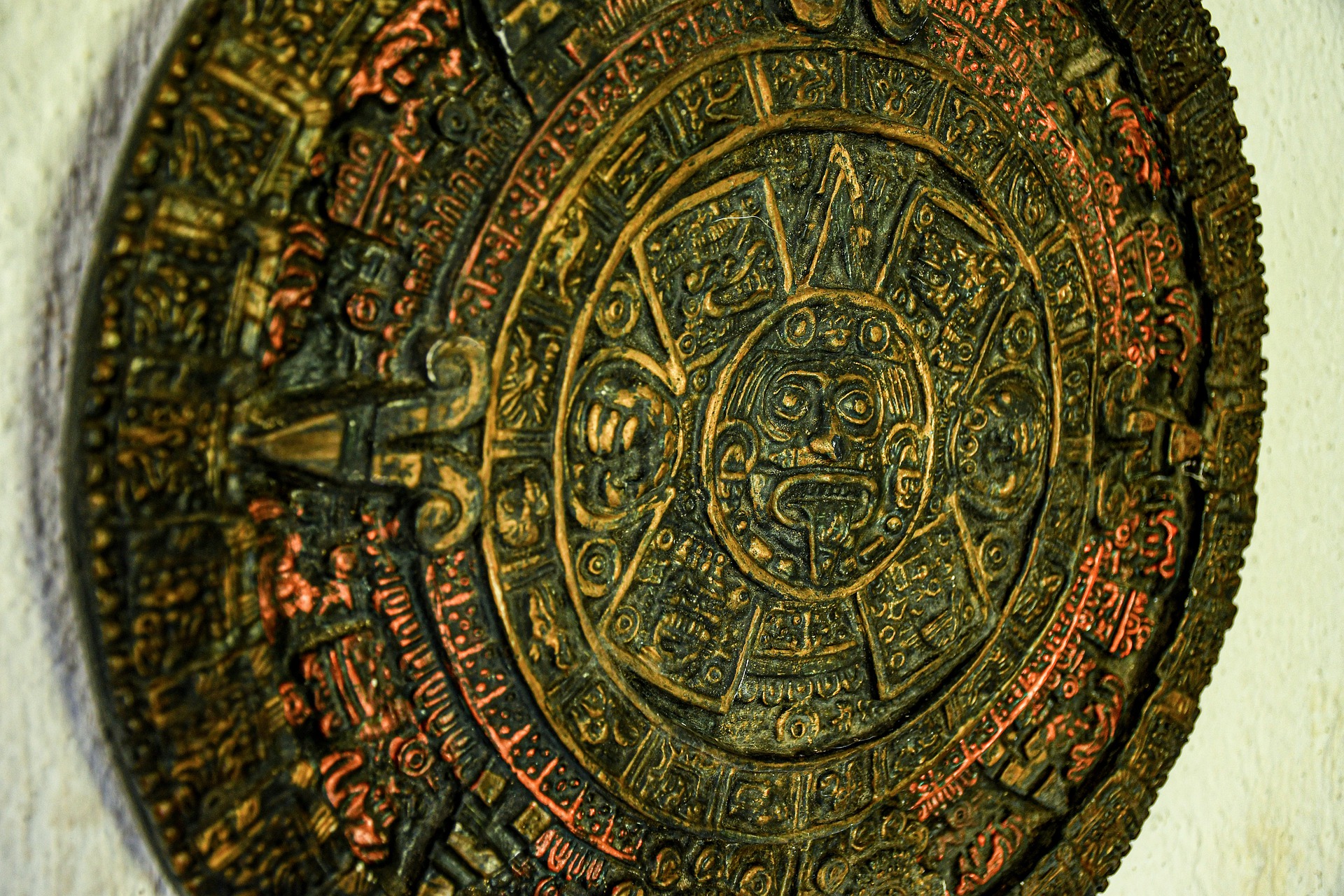 And this year of 2021 will be a special year in our history, no doubt – for many surprising events are already taking place. For a while a joke has been making its round through social media and beyond: According to this the Mayans transposed digits when they announced that 2012 was the year of big change…they actually meant 2021… We shall see, no doubt!
And this year of 2021 will be a special year in our history, no doubt – for many surprising events are already taking place. For a while a joke has been making its round through social media and beyond: According to this the Mayans transposed digits when they announced that 2012 was the year of big change…they actually meant 2021… We shall see, no doubt!
Part 2 – Time and Nature
From my point of view these current times offer huge opportunities. With all the present and future changes, we can possibly also heal our relationship to time. Instead of constantly surrendering our lives to clock and calendar, we can develop our sense for the naturalness of rhythms and cycles and live according to them.
 This already begins with our metabolism and the hormonal cycle. In many women this is disturbed by the contraceptive pill. For many women, this intensely compromises their physical and psychological health. It is a subject of constant debate. However, alternatives were hardly accepted on a grand scale so far. Especially if it requires the man to change something. But there are much more simple and cheaper solutions. However, that is an entirely new subject.
This already begins with our metabolism and the hormonal cycle. In many women this is disturbed by the contraceptive pill. For many women, this intensely compromises their physical and psychological health. It is a subject of constant debate. However, alternatives were hardly accepted on a grand scale so far. Especially if it requires the man to change something. But there are much more simple and cheaper solutions. However, that is an entirely new subject.
Explore your connection with nature
The more time we spend in nature and respect the natural process of 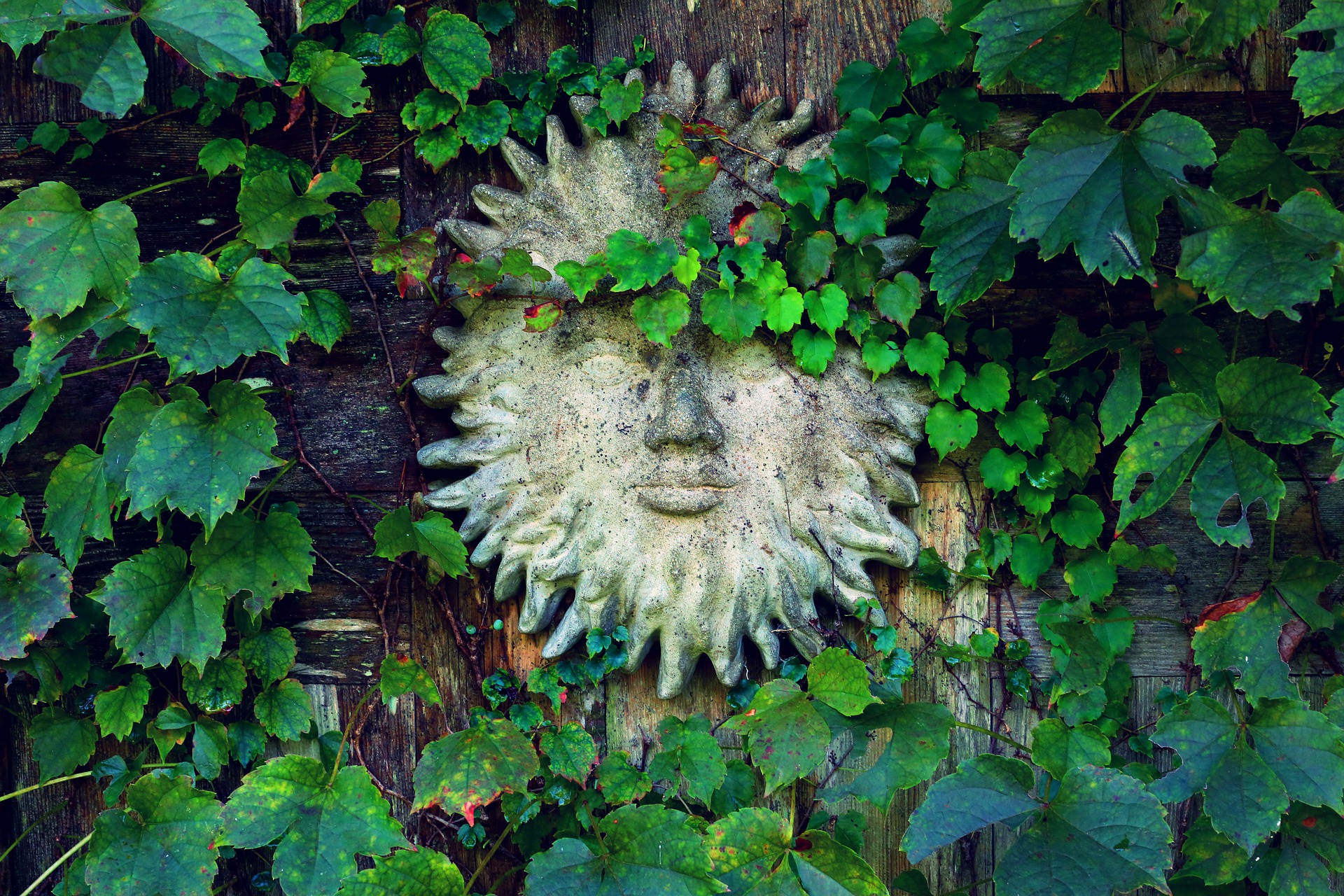 life, like sowing, growth and harvest, the more we can reconnect with nature. It is crucial that we seek the physical and metaphysical dialogue with earth and nature. After all we are an integral part of it!
life, like sowing, growth and harvest, the more we can reconnect with nature. It is crucial that we seek the physical and metaphysical dialogue with earth and nature. After all we are an integral part of it!
My friend and mentor Michael Roads wrote beautiful books about this. Also, the book series “The Ringing Cedars” by Wladimir Megré offer great impulses regarding a healthy relationship with nature. It would be so good for us if we treated Earth again as a conscious being and created our lives and cycles of change together with her in harmony.
Feast days in harmony with nature
Especially in the countries that are more remote from the equator this change was celebrated in seasonal feasts. For instance in the Celtic culture: Imbolc on February 2nd, Beltane on the 30th of April/1st of May, Lammas (or Lughnasad) on August 2nd and Samhain on October 31st.
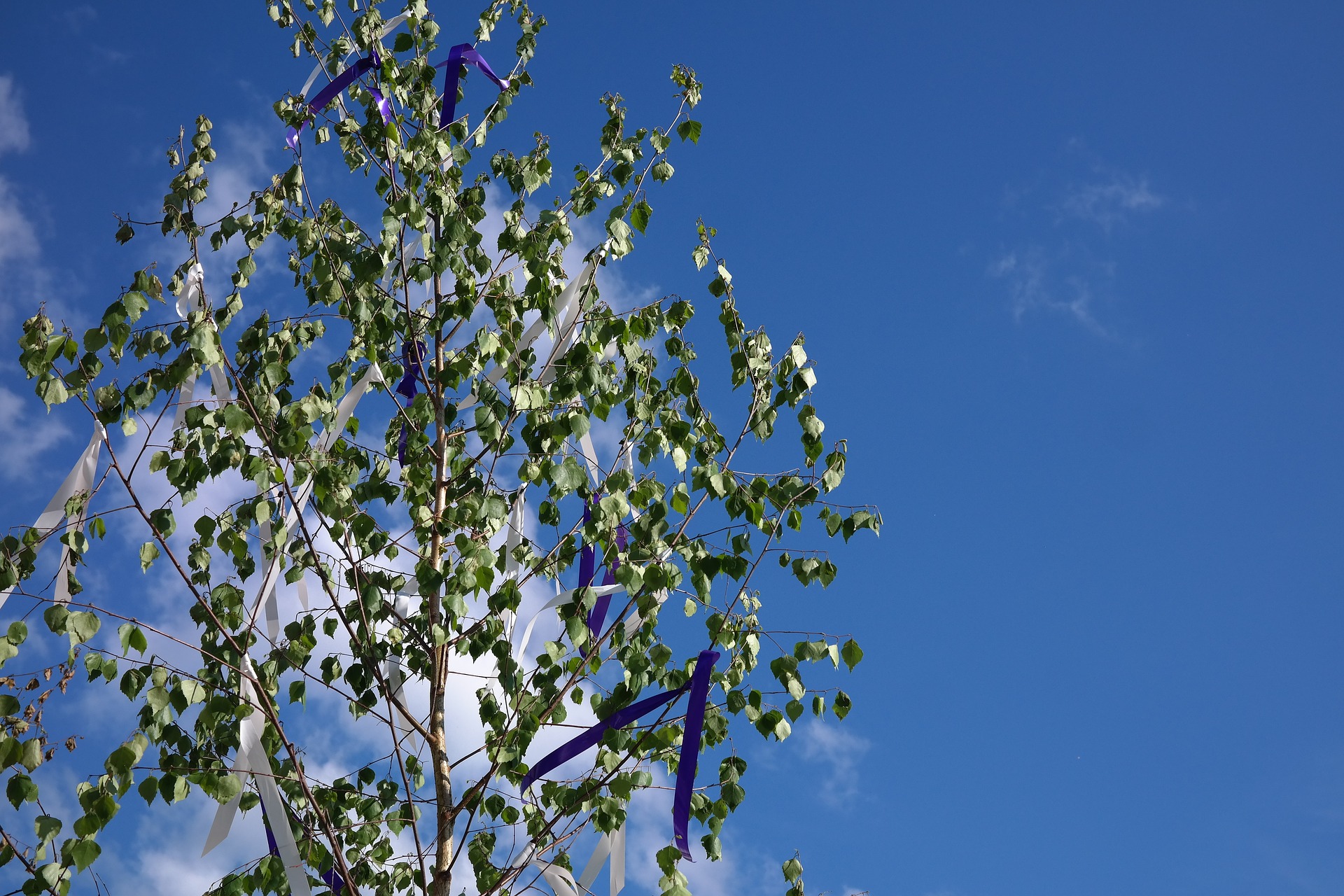 Also, the equinoxes (21st of March – the spring equinox or “Ostara” and September 23rd fall equinox – or “Mabon”) and the longest (21st of June – Midsummer) and the shortest day (21st of December – Midwinter) do not only have mystical significance, but also an energetic effect.
Also, the equinoxes (21st of March – the spring equinox or “Ostara” and September 23rd fall equinox – or “Mabon”) and the longest (21st of June – Midsummer) and the shortest day (21st of December – Midwinter) do not only have mystical significance, but also an energetic effect.
Ancient traditions
The ancient pre-Christian cultures knew this, and it was an integral part of their life and consciousness. Among the days that were sacred to them are the “Twelve Days of Christmas” – the twelve days after Midwinter. Each day represents a month of the following year and everything that is decided and intended in that time is energetically amplified. (I wrote a detailed blog on this last year).
In honoring the annual cycle in nature we can experience ourselves again as a part and participant of nature.
Natural rhythms
Wise gardeners know about the effect of the lunar cycle on plants and take it into consideration in their gardening. Many organic farmers do  alike and also honor old wisdom. It is also well known in natural medicine that a waning moon has a beneficial effect on operations and fasting. However, many people still smile upon this and believe to outsmart nature with artificial fertilizers and exotic imports.
alike and also honor old wisdom. It is also well known in natural medicine that a waning moon has a beneficial effect on operations and fasting. However, many people still smile upon this and believe to outsmart nature with artificial fertilizers and exotic imports.
If we all had a better sense for the natural rhythms – the cycles, the continuous changes, then it would be much easier to feel at home (again) in the Oneness of all being. We would achieve more awareness of our metaphysical aspects. Then we wouldn´t have to resist consciously or subconsciously against nature simply because we feel threatened by the finality of our physical life.
The power of cycles
We would perceive death again as a mere change of an aggregate state. The fear of death would dwindle. We would be aware again of our eternity and the immortality of our soul. Things could move back into divine order. We could finally let go of the stress of missing out on something or not managing in time. We would not constantly year for the past or the future – or fear it or both…
We would be aware of each moment and we´d know how to deeply  appreciate it and us therein. We would finally realize that death is no ending but a only the transition into something new – it is the counterpart to birth. But life is eternal, it simply changes its form of expression.
appreciate it and us therein. We would finally realize that death is no ending but a only the transition into something new – it is the counterpart to birth. But life is eternal, it simply changes its form of expression.
No energy ever gets lost
And also parting from our loved ones only means we cannot hug them any longer physically. However, metaphysically we can be closer to them than we perhaps were ever before. We only have to rekindle this knowing and the ways of communication – that are all inherent to us!
If we manage to embrace all this and live with more awareness then it will be fundamentally easier to let go of the old and welcome the new. Even in such extreme and painful times of changes as right now.
Even the times change
Our politically and psychologically tempestuous present also marks the threshold of a bunch of cosmic cycles. We live at the end of an era that is called “Kali Yuga” by the Hindus. We also live in the beginning of the age of Aquarius. When one is ending and the other beginning – is strongly debated. As well as the question how the Mayan calendar ties into all this.
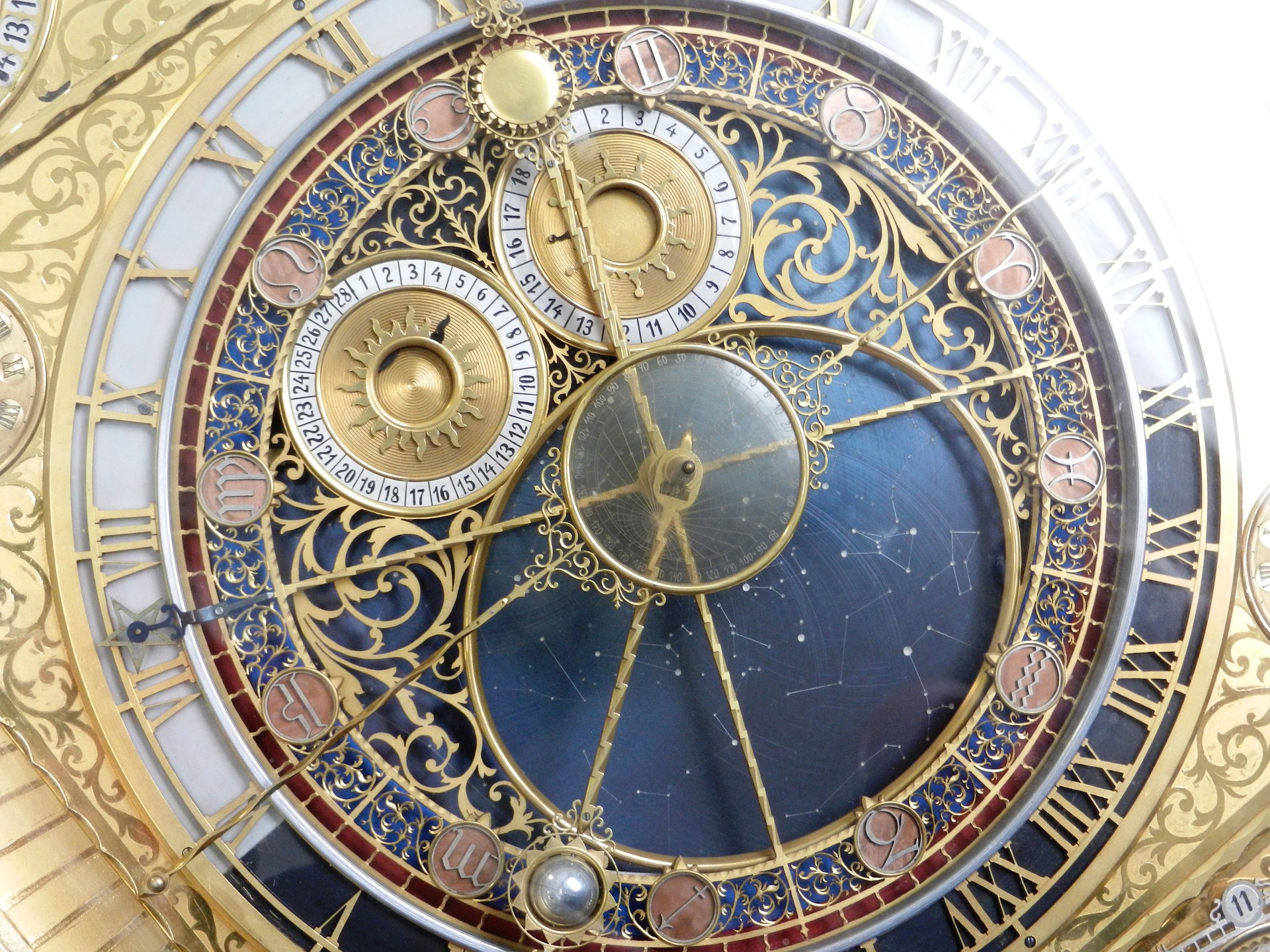 However, one thing is certain: we happen to live in a period of most intense change in the history of mankind. According to some sources it is actually unique for we´re experiencing a shift of dimensions. This too, is a fascinating subject that cannot be explored further here. But no doubt most people are experiencing some of their most challenging times on earth right now – and this worldwide!
However, one thing is certain: we happen to live in a period of most intense change in the history of mankind. According to some sources it is actually unique for we´re experiencing a shift of dimensions. This too, is a fascinating subject that cannot be explored further here. But no doubt most people are experiencing some of their most challenging times on earth right now – and this worldwide!
The world will never be the way it was before the campaign of the infamous microbe. Our life is changing in an irreversible manner – personally and collectively. And every one of us is required to ask him or herself how the future is to be in regard of all the new. Whatever direction we take is in our hands and hearts.
A conscious relationship with time will be beneficial
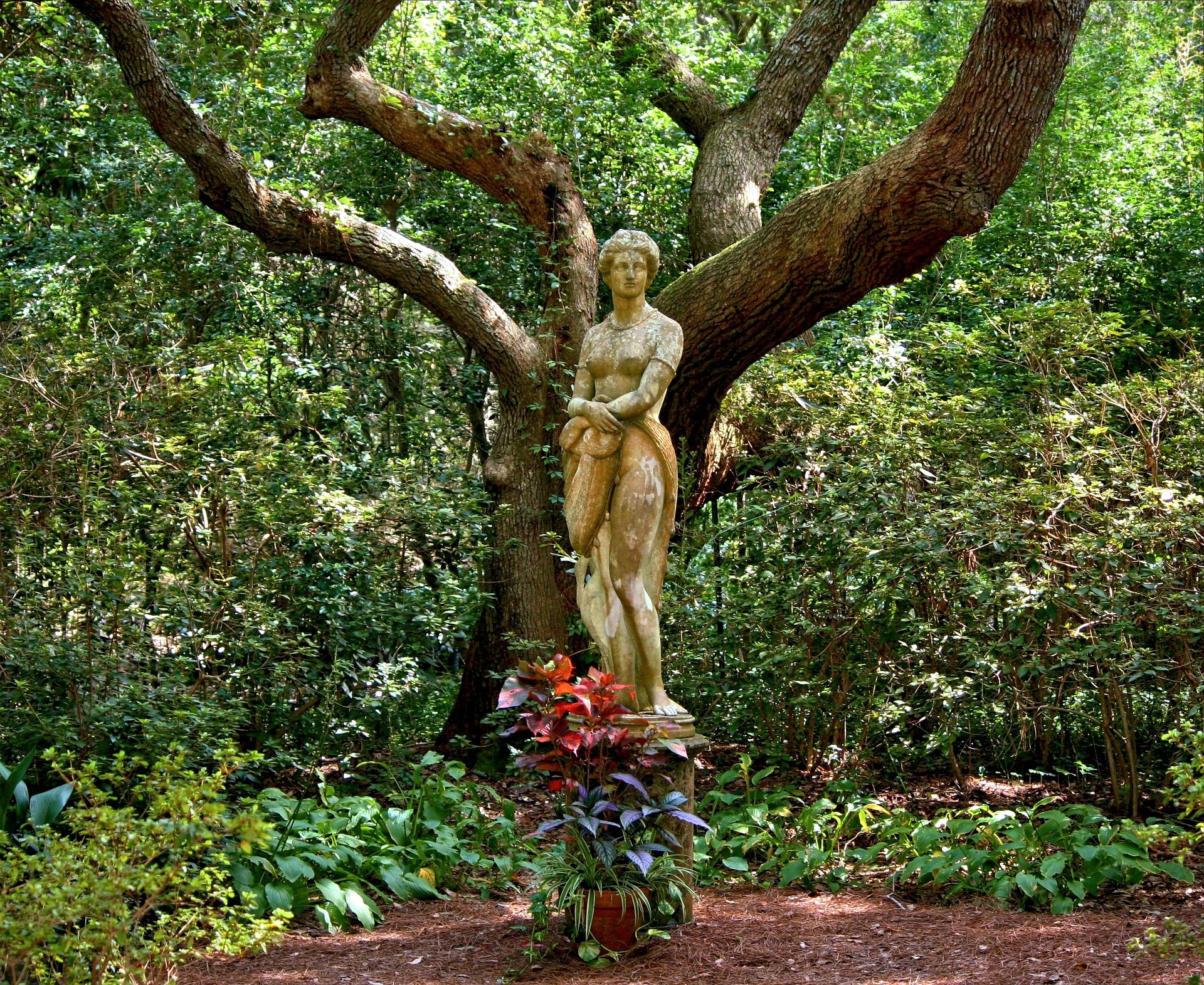 On Facebook I learned of an elderly American woman, who gets upset every year when DST begins. For in her view, it is a disregard of what she calls “God´s Time”. I would tell her: actually it´s “Goddess´ Time”. For the processes on earth and in our bodies are basically following the lunar cycle. And both, Earth as well as the Moon are embodied by goddesses!
On Facebook I learned of an elderly American woman, who gets upset every year when DST begins. For in her view, it is a disregard of what she calls “God´s Time”. I would tell her: actually it´s “Goddess´ Time”. For the processes on earth and in our bodies are basically following the lunar cycle. And both, Earth as well as the Moon are embodied by goddesses!
We now have the chance to make health and nature a priority in every are of our life. For us individually as well as together with others. This includes making our dealing with time more natural again. Instead of forcing our children and ourselves into unnatural rhythms and timeframes we could explore what´s beneficial. To the human being and his development. And not to some industry and distant bank account. It has been documented for example, that the time structure of the school day is not ideal for most children. However, it suits the parents and their working hours…
We can change everything! Even the way we deal with time!
 During their experience with working at home due to the lockdown many adults have noticed that a self-determined structuring of their time makes them more productive and happier. The last months have shown us that humans can change our ways quite radically in a very short time. Let´s make use of this ability and (re)create optimum health for ourselves on all levels all over the world!
During their experience with working at home due to the lockdown many adults have noticed that a self-determined structuring of their time makes them more productive and happier. The last months have shown us that humans can change our ways quite radically in a very short time. Let´s make use of this ability and (re)create optimum health for ourselves on all levels all over the world!



